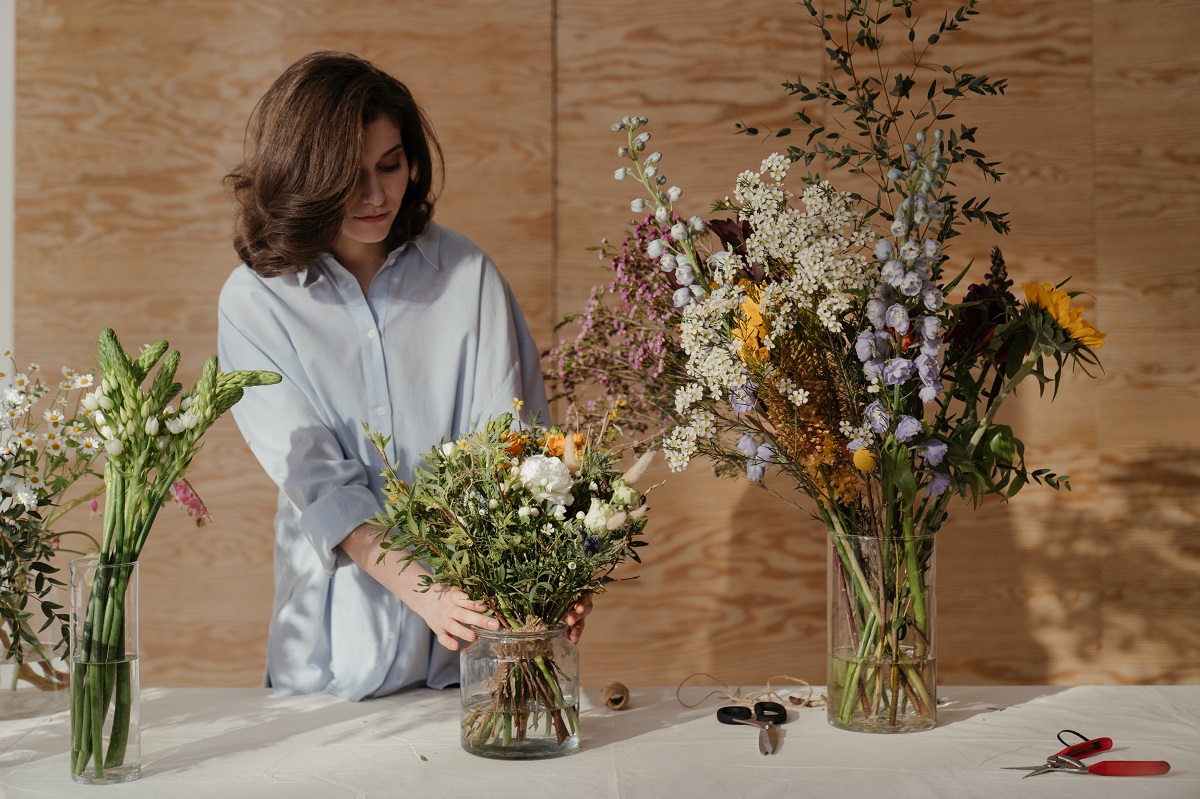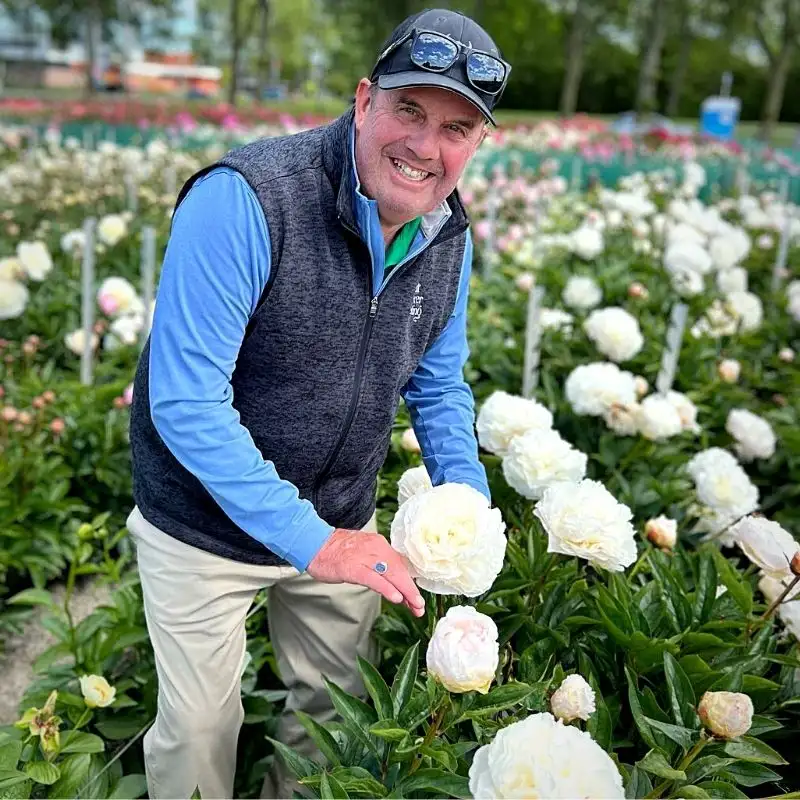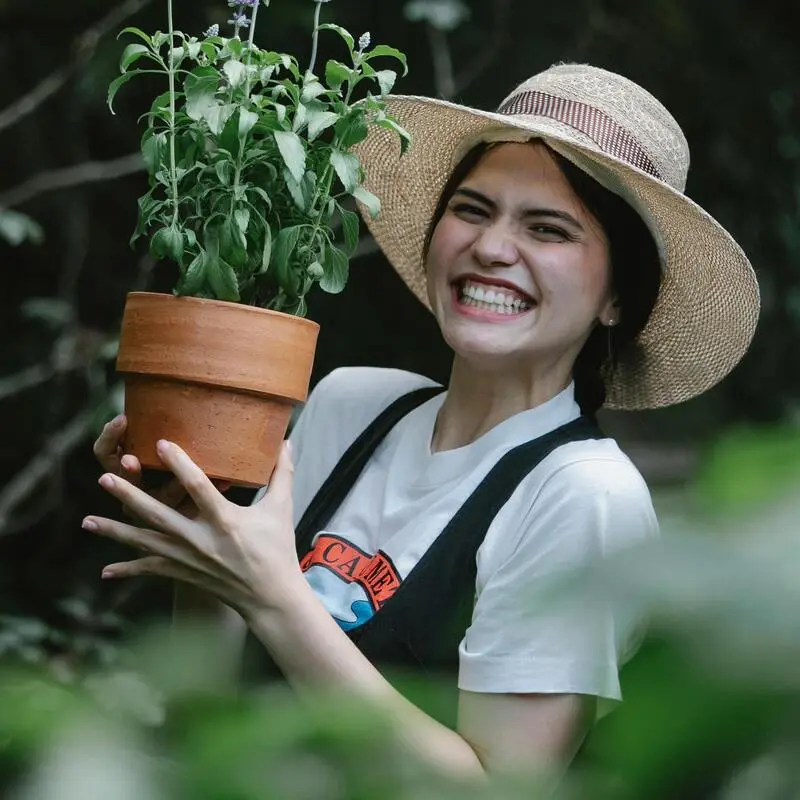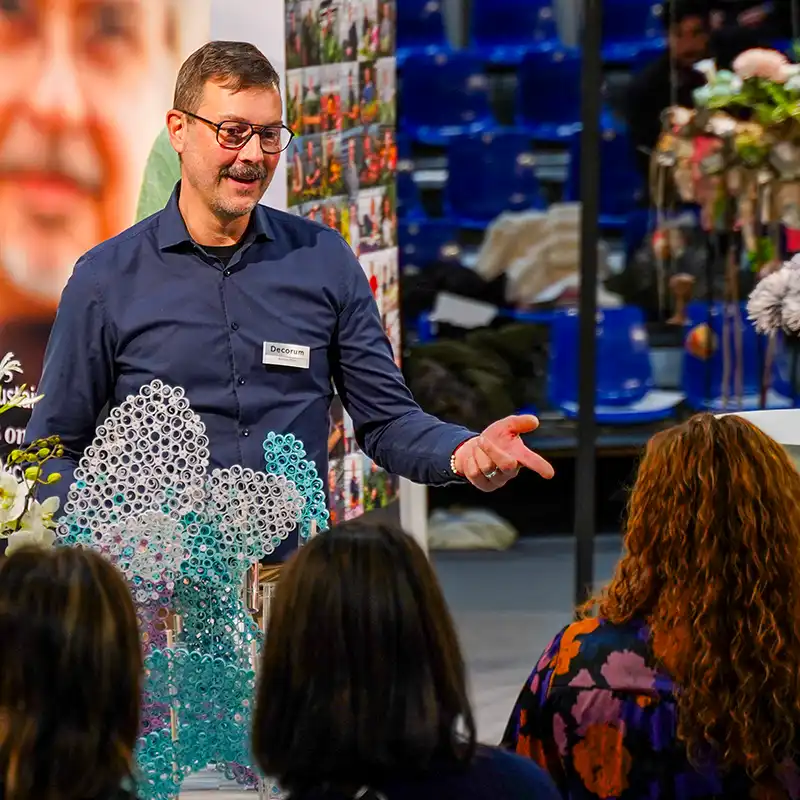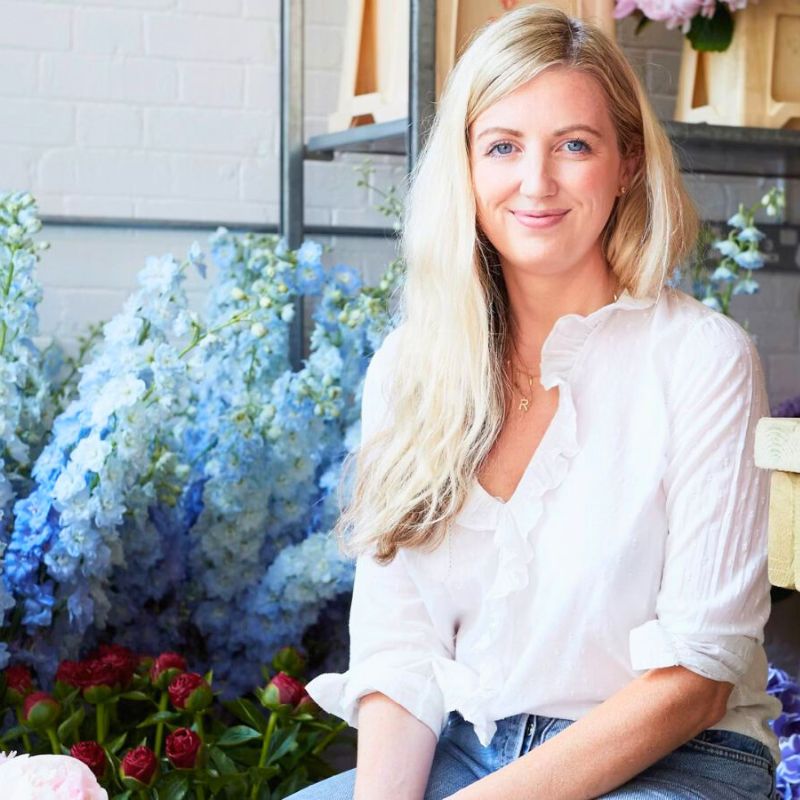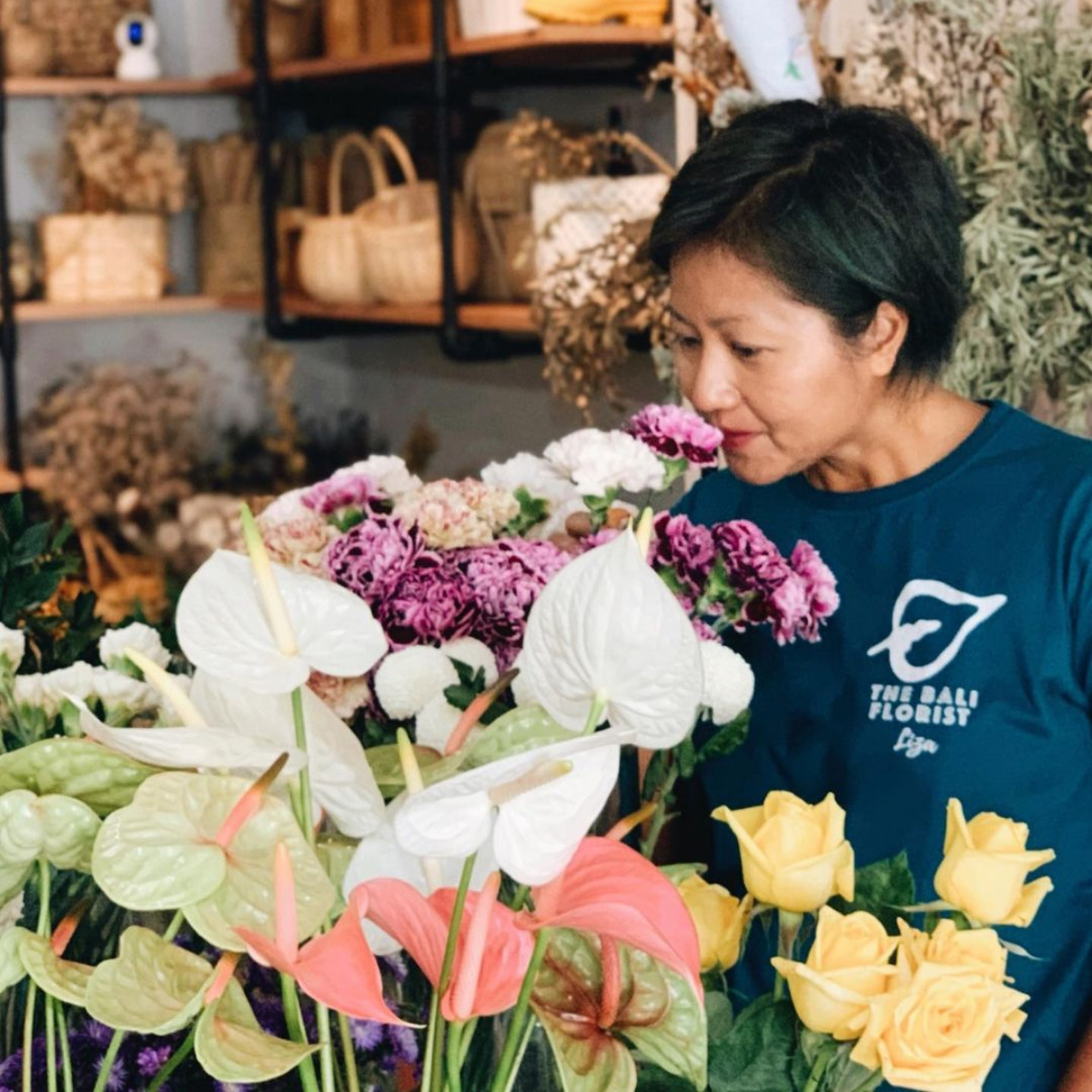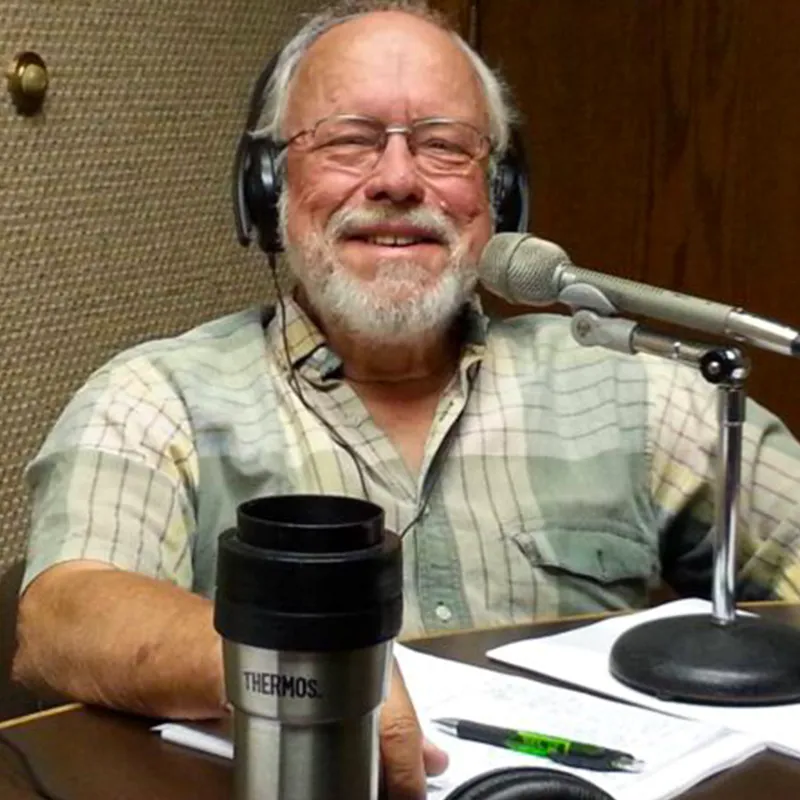For an industry that relies on the beauty and abundance of the natural world, the floral industry’s practices have not, if we’re being honest, always honored our resources.
The Tide is Turning in Floriculture
Now the tide is turning and floriculture is thinking more and more attentively about the ways its practices have harmed the environment and the ways we can ameliorate it. It’s an exciting turning point. As with all things floral, we can maximize the value of our actions towards sustainable floristry by considering the entire life-cycle of the flowers we use.
Carbon Footprints
80% of the flowers sold in American shops are imported from countries far away from the U.S., countries like the Netherlands, Colombia, Ecuador and Kenya. That’s a big carbon footprint just for transport (like, 360,000 metric tons of carbon dioxide emissions for a single holiday big). The bigger carbon footprint, though, often comes from growing the flowers themselves. Take into consideration the hothouse conditions that must be maintained in a country like the Netherlands in order for conventional cut flowers to thrive and we start to get a picture of the resources that a single bloom requires before it finds a home to adorn. One way to get past this is to join the slow flower movement and source seasonal, local flowers where possible. Get friendly with your neighborhood organic farmers and see what pretty things they’re growing (or might be willing to grow). Forage your greenery. Find a plot in a community garden to grow some stock. Use heartier imported flowers that can take a higher transport temperature (like lilies or birds of paradise). The more creative you can get with the resources around you, the more minds you can change about what kinds of botanicals can be beautiful. 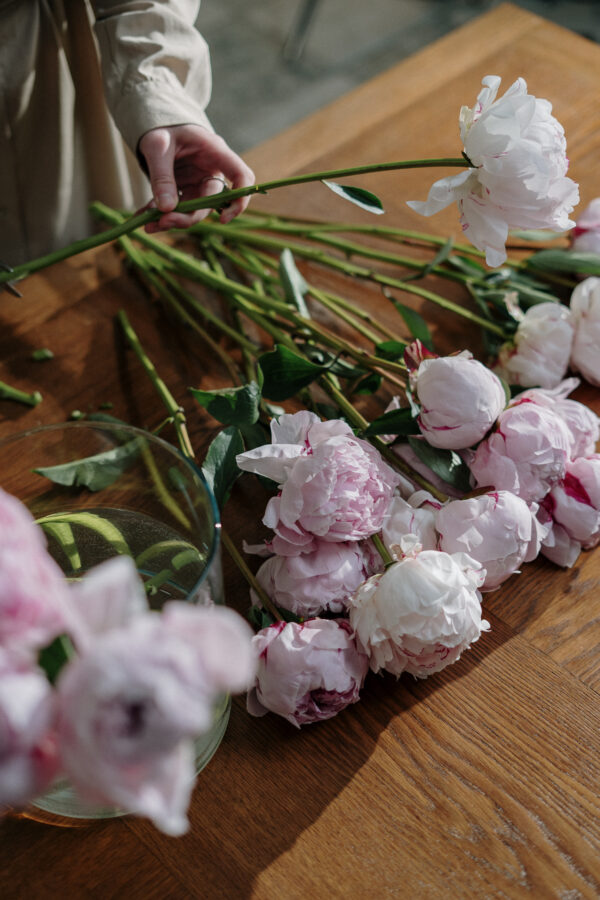
Plastic and Other Waste
About 100,000 tons of plastic is produced for the floriculture industry each year, of which only about 30 tons is recycled. Plastic film, plastic pots, plastic labels, plastic packaging, floral foam – ironically, the industry is awash in the artificial. And that’s to say nothing of the waste from flowers that die in transit, arrive damaged or die uns If you’re a florist who’s considering stepping away from floral foam, know that there’s some research proving that flowers absorb more water when placed in water containing a floral preservative than when placed in foam. How do we minimize waste?
- Compost your biomass waste.
- Create more potted and reusable arrangements.
- Use less plastic.
- Go foam-free and wrap your creations in recyclable, compostable or reusable materials like burlap.
- Demand that your suppliers use less plastic.
- Get vocal about changing the policies necessary to shift away from single-use plastics like cellophane wrapping. It’s worked for plastic bags and straws – it can work in this industry, too.
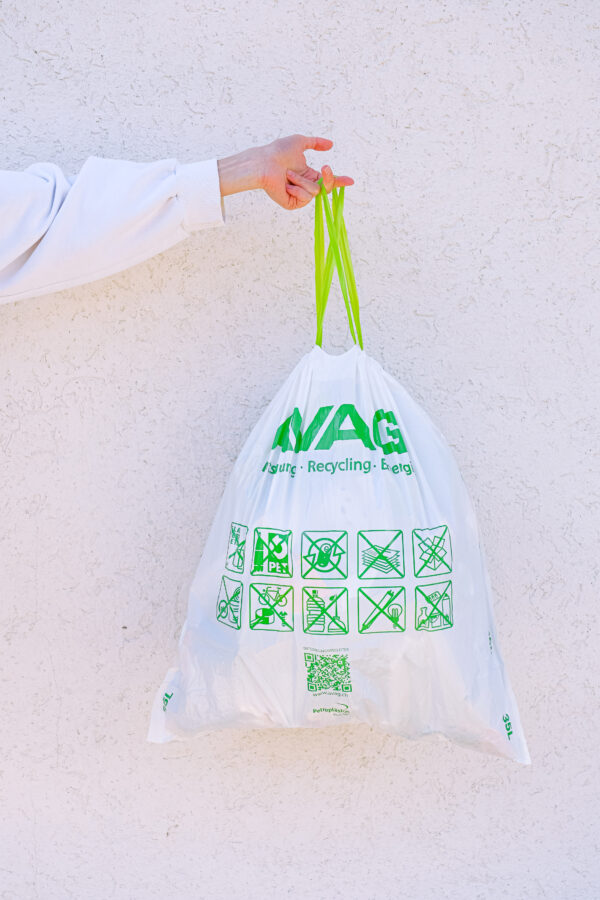
Pesticides
Because we don’t consume flowers in the same way we consume food, it’s easy to forget that floriculture is agriculture. Floriculture, however, uses more pesticides than almost any other industry. Pesticides are the standard in the industry and since flowers are not grown to be consumed, rules governing pesticides are more relaxed than they are for food products. Consider, too, that the globalization of the flower industry has not been accompanied by a worldwide agreement on the types of pesticides that are permissible. Growers in Ethiopia and Kenya, two of the world’s leading producers of flowers, continue to rely on DDT and methyl bromide – pesticides that multiple countries have banned and that the WHO considers harmful. The not-very-straightforward solution to the issue of pesticides, of course, is to go organic. The organic flower industry is growing but is not without its complications, the biggest of which is that the word “organic” is a term that’s been defined rather loosely. Check for “organic” certifications from suppliers but understand that each system will have its own standards, targets, requirements and compliance assessment strategies.
